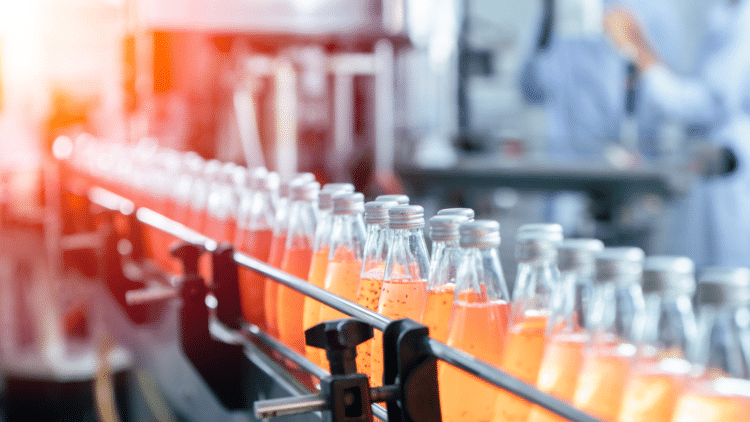An increasingly unstable global environment presents a number of risks to the UK, and food production is one area where innovation could help reduce our vulnerability to external shocks by bolstering our domestic capabilities and capacity.
I recently contributed to a Food and Drink Federation report called Future Factory: Supercharging Digital Innovation in Food and Drink Manufacturing which raises some of the main barriers preventing manufacturers from investing in innovation.
In short, and to use a suitable food metaphor, they often just have too much on their plate.
So often, investment in innovation is a long-term commitment for manufacturers but the expectation of businesses is for short-term returns. Focus is on immediate operational issues leaving little capacity for laying the foundations for future transformation.
Reliance on legacy processes and systems such as spreadsheets deliver a certain level of results for businesses, and if it isn’t broken why bother trying to fix it. And these processes are comfortable. They are well-known and are considered to be relatively risk free.
Except there is a significant risk in that business may not realise better long-term returns and growth.
There is considerable potential for food producers beyond these systems. At High Value Manufacturing Catapult (HVM Catapult), we are looking at ways in which we can support these businesses to increase productivity by embracing digital and automated manufacturing processes.
We already work with a number of food and drink producers, and they share their pain points with us, allowing collaboration to develop innovative solutions.
The AI and digital space offers customisable technology specifically for the food and drink sectors. This could include stronger data systems or digital transformation steps aimed at overhauling the legacy systems that currently restrain businesses’ ambitions.
Automation offers an opportunity for improved efficiency, reducing waste and enhanced productivity and there is technology already available. Introducing technology does not automatically undermine the need for human input in food production – in reality it supports the need for upskilling and training to help drive transformation.
In common with most manufacturing industries, it difficult to attract and retain the right skills for modernisation in food production. This is also something that HVM Catapult is working on, developing methods for identifying current and expected skills and workforce requirements and proposing appropriate training ahead of the curve.
The UK cannot rely solely on food imports, nor does it need to. Domestic producers have the knowledge of the products and market, but the weakest link in the “food chain” is often the time and means of committing investment and harnessing technology which pushes the boundaries of current thinking.
It doesn’t need to be like this. We can support businesses to turn concepts into commercial reality.

